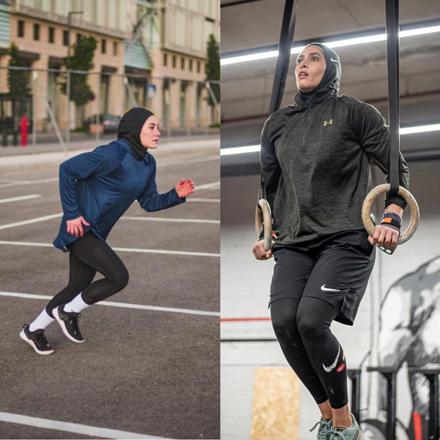You are here
Walking is the superfood of fitness, experts say
By Reuters - Sep 30,2014 - Last updated at Sep 30,2014
NEW YORK — Walking may never become as trendy as CrossFit, as sexy as mud runs or as ego-boosting as Ironman races but for fitness experts who stress daily movement over workouts and an active lifestyle over weekends of warrior games, walking is a super star.
For author and scientist Katy Bowman, walking is a biological imperative like eating. In her book, “Move Your DNA: Restore Your Health Through Natural Movement”, she suggests there are movement nutrients, just like dietary nutrients, that the body needs.
“Walking is a superfood. It’s the defining movement of a human,” said Bowman, a biomechanist based in Ventura, California. “It’s a lot easier to get movement than it is to get exercise.”
Researchers say emerging evidence suggests that combined physical activity and inactivity may be more important for chronic disease risk than physical activity alone.
“Actively sedentary is a new category of people who are fit for one hour but sitting around the rest of the day,” Bowman said. “You can’t offset 10 hours of stillness with one hour of exercise.”
Last year researchers at the University of Texas School of Public Health asked 218 marathoners and half marathoners to report their training and sitting times. Median training time was 6.5 hours per week. Median total sitting time was eight to 10.75 hours per day, suggesting that recreational distance runners are simultaneously highly sedentary and highly active.
Leslie Sansone, creator of the “Walk at Home: Mix & Match Walk Blasters” DVD, said too many people believe that spending gruelling hours at the gym is the only way to fitness.
“There’s this “Biggest Loser” idea out there that if you’re not throwing up and crying you’re not getting fit,” she said, referring to the popular television weight-loss show.
She added that a small study of non-obese men published in the journal Medicine & Science in Sports and Exercise by scientists at Indiana University suggests that three five-minute walks done throughout three hours of prolonged sitting reverses the harmful effects of prolonged sitting on arteries in the legs.
Five kilometres per hour is a good beginning, gradually working to 6.5kph, she said about walking.
Dr Carol Ewing Garber, president of the American College of Sports Medicine (ACSM), notes that fitness-walking guidelines of 10,000 steps per day may be too much for many.
“About 7,500 steps may be more accurate,” she said, adding that current ACSM recommendations call for at least 150 minutes of activity each week.
Garber, a professor of movement sciences at Columbia University in New York, said research suggests that even one bout of exercise causes beneficial physiological effects.
But she concedes that walking does not do everything. It is less beneficial for bones than running, and for strength, it is better to lift weights.
“Still,” she said, “If you’re going to pick one thing, research says it should be walking.”
Related Articles
Enthusiasm for minimalist running shoes may have waned since the barefoot running craze that sparked them but fitness experts say the idea of minimalism has left a lighter, flatter, more natural footprint on the running industry, which is a good thing.
AMMAN — Breaking stereotypes, many Jordanian women are embarking on a challenging journey to stay mentally and physically fit amid the pande
Feet are a part of the anatomy many exercisers ignore while pounding the treadmill or honing a headstand, but fitness experts say they are the very foundation of physical well-being.















